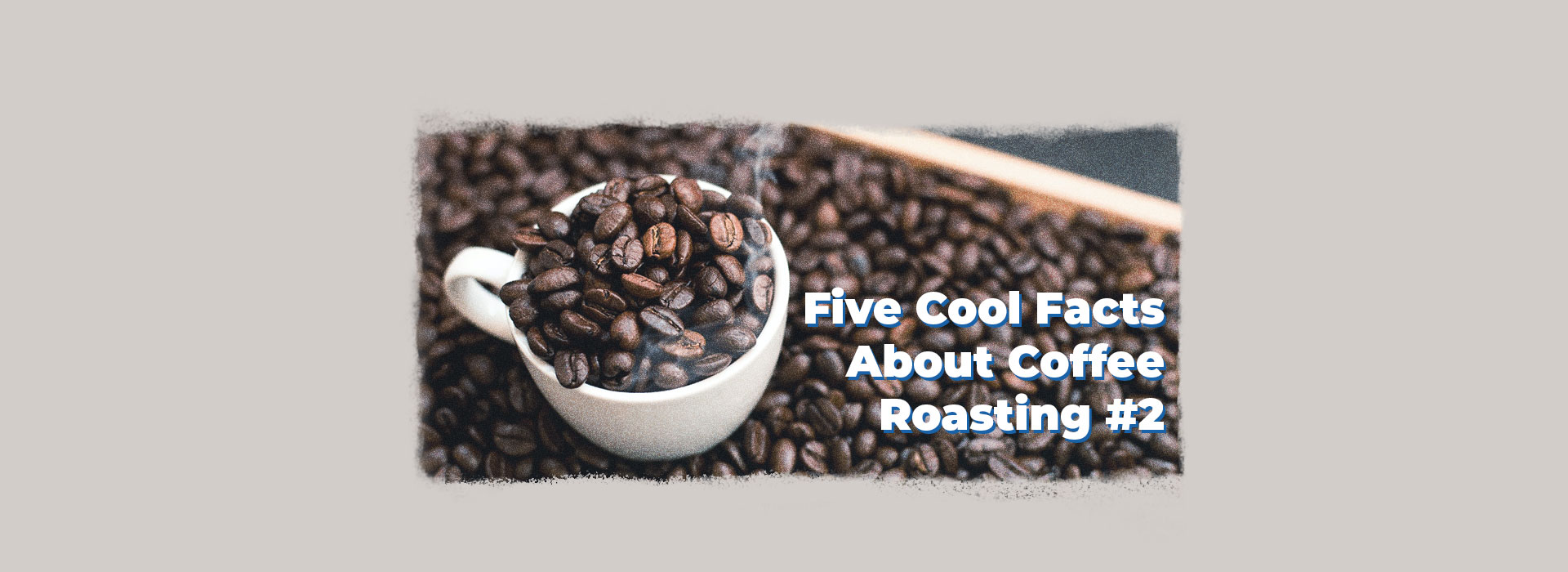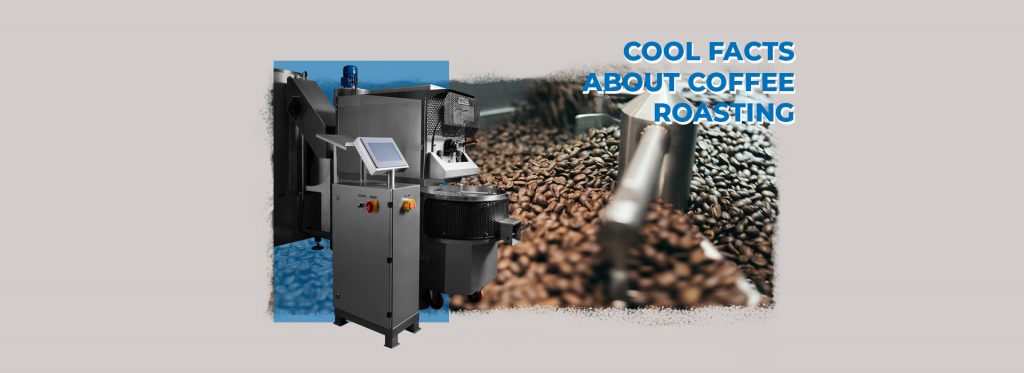Five Cool Facts About Coffee Roasting #2
Coffee is one of the few things in the world that goes beyond country borders, language barriers, and even time itself. Coffee has been enjoyed and sought after since the 15th century, and it is the second most traded commodity in the world after oil. A lot of progress has been taking place since then in coffee production and coffee consumption, but the love of coffee remains strong, and the art of coffee roasting remains an art. Continuing our last blog on Five Cool Facts About Coffee Roasting, here is the second part of the same title about coffee roasting facts.
Cool Fact 1: During the roast, the bean’s aroma changes
As the roasting progresses, the coffee aromas shift. With enough practice, a roaster will be able to notice the changes. At the beginning of the process, the coffee beans smell like hay as they start to yellow and gradually change to the smell of toast as the beans turn brown. When the first crack is reached, the smell changes again to fresh homemade popcorn, and on the second crack, the beans will smell like burnt sugar or roasted nuts. However, these aromatic properties only peak at light roast or medium roast – dark roast quickly loses aromatics and becomes smokier.
Cool Fact 2: The green coffee beans weigh more than roasted beans
After harvesting, the raw coffee cherries go through the initial drying and processing stages. By the time the cherries turn to green coffee beans, they contain about 12.5% moisture according to International Coffee Organization standards. During the coffee roasting process, the green beans are exposed to intense heat inside the roaster machine, making them lose additional moisture from vaporizing. By the end of the roasting process, the roasted beans lost approximately 16% of their original weight.

Cool Fact 3: Coffee roasters listen to their beans
One of the ways that coffee roasters can supervise the coffee roasting process is by using their ears. The roasting process has distinctive signals of “cracks”, which is the audible, physical sound that the coffee beans make as they expand along the roasting stages because the heat and moisture escape from inside the beans. Coffee cracks twice while roasting, and detecting both the first and second crack is crucial in the coffee roasting process. Coffee roasters need to listen to the beans as they roast as a part of controlling the roast.
Cool fact 4: The average roast takes 12 minutes
An average roast is carried out in only 12 minutes to produce the perfect roasted coffee beans for your cup of coffee brew or espresso. However, the most important thing is not the number of minutes, but the smooth flow and cohesion between all the coffee roasting stages (preheating, drying, development, caramelization, and cooling).
Cool fact 5: Cooling is a vital part of the roasting process
After the roasting process is completed, the beans are poured into the cooling tray where they are evenly distributed as the air is blown through tiny holes at a stable rate to cool down the beans. It is crucial to cool the roasted coffee beans immediately after roasting to avoid changes in quality and aroma. The cooling period is also an opportunity for the coffee roaster to search and discard defective beans, known as “quakers”, that don’t turn brown when roasted.
Roast Your Beans With Berto Roaster Machine
Whether you’re thinking about starting a coffee roastery or increasing your current capacity, Berto Coffee Roaster is here for you. Our tried and tested roasting machines come in different types and capacities to suit your coffee business needs. Reach out to us anytime with your questions and requirements. Let Berto be a part of your coffee journey.


